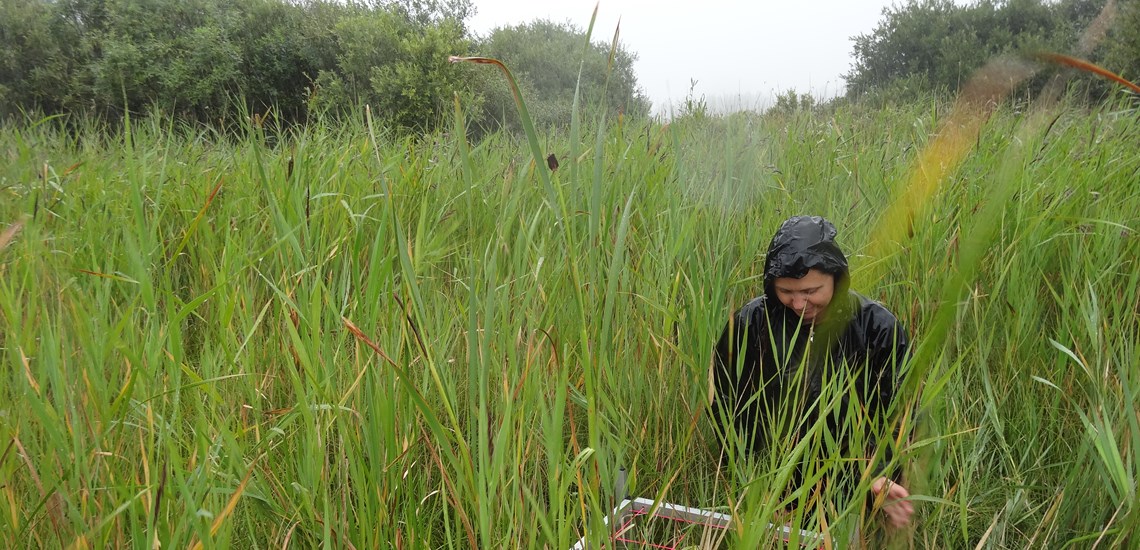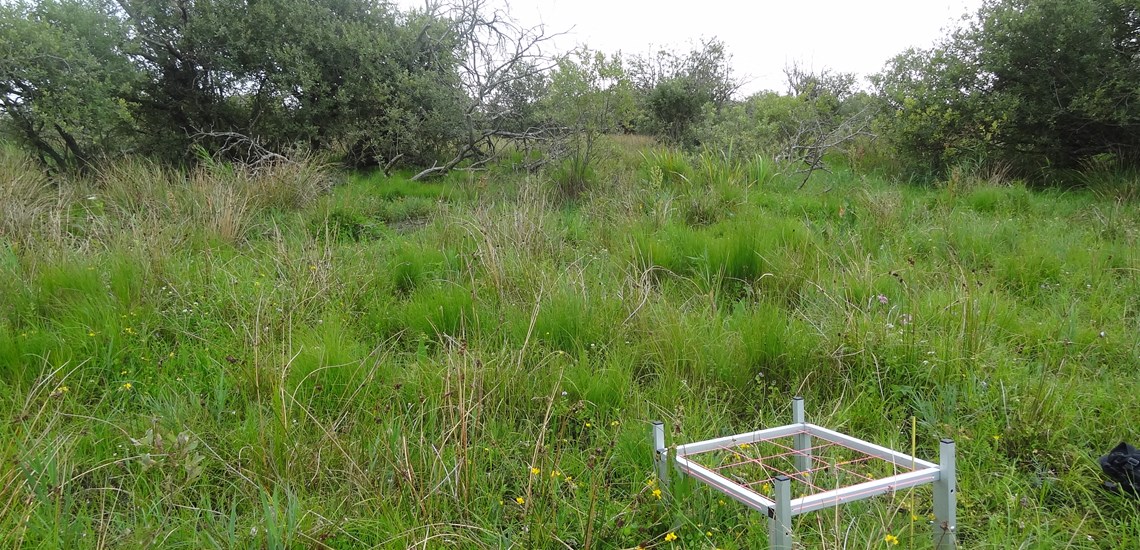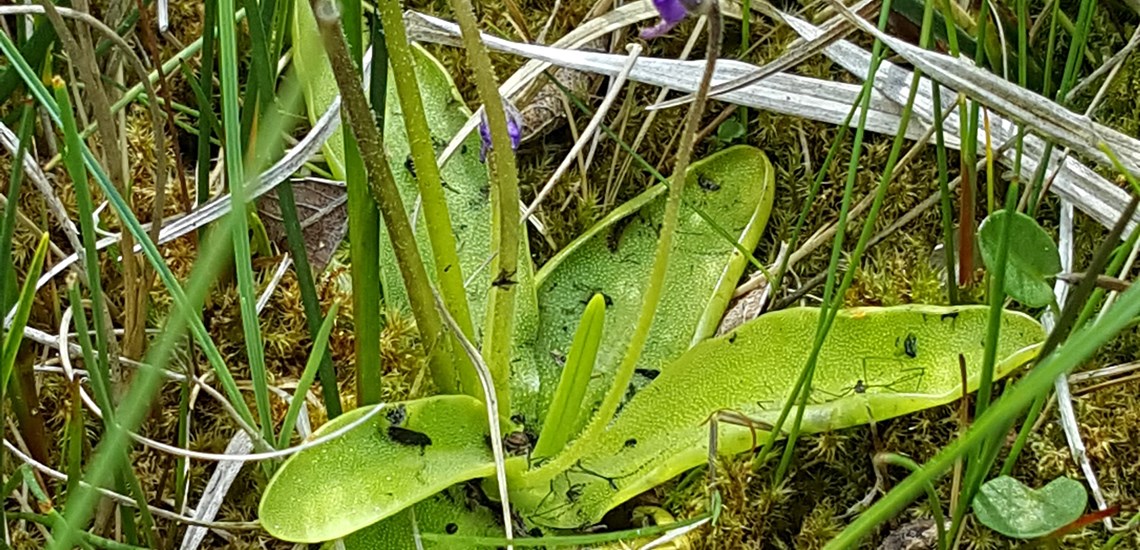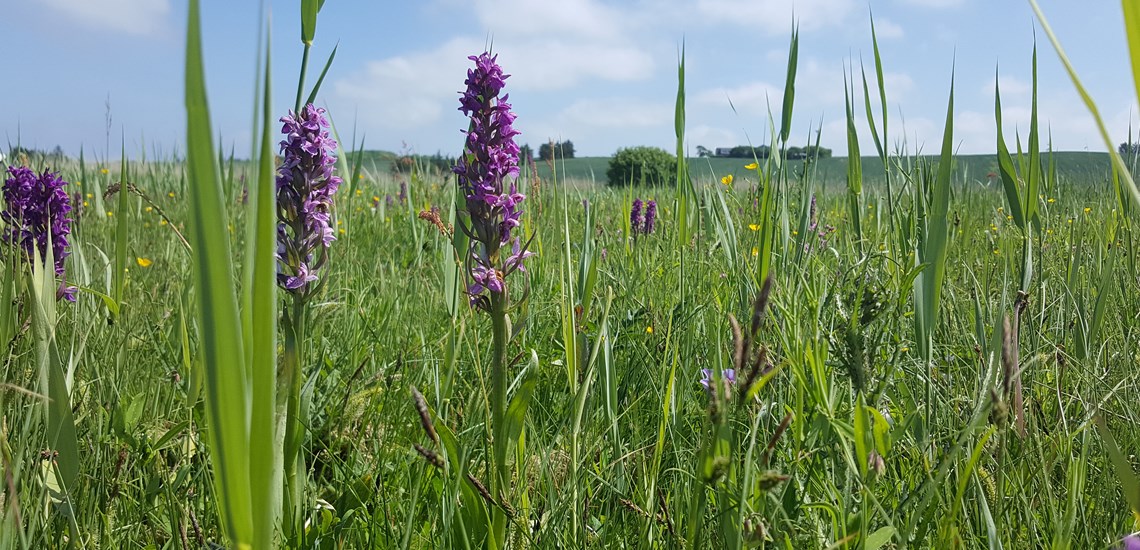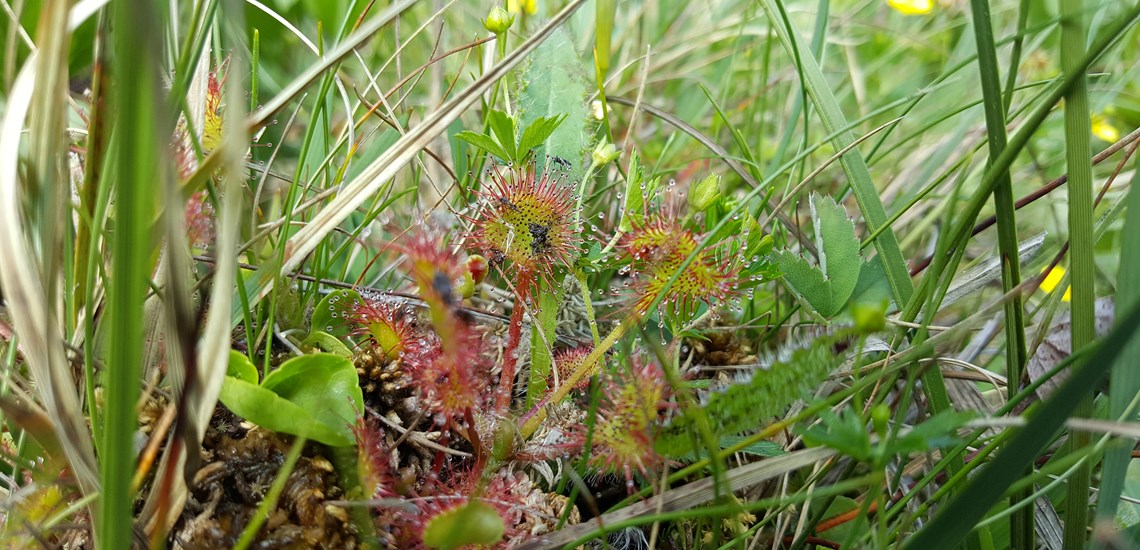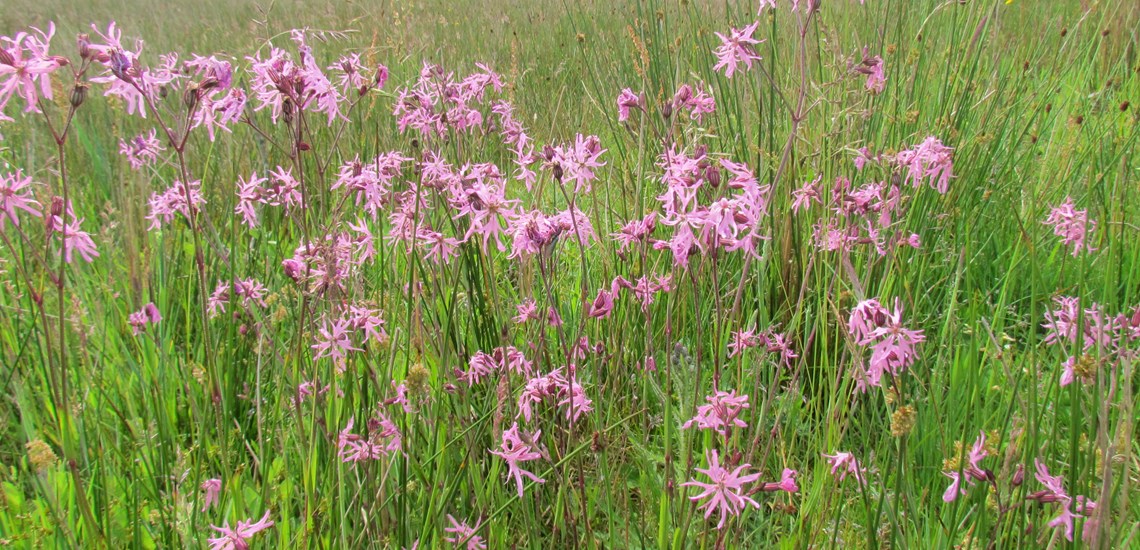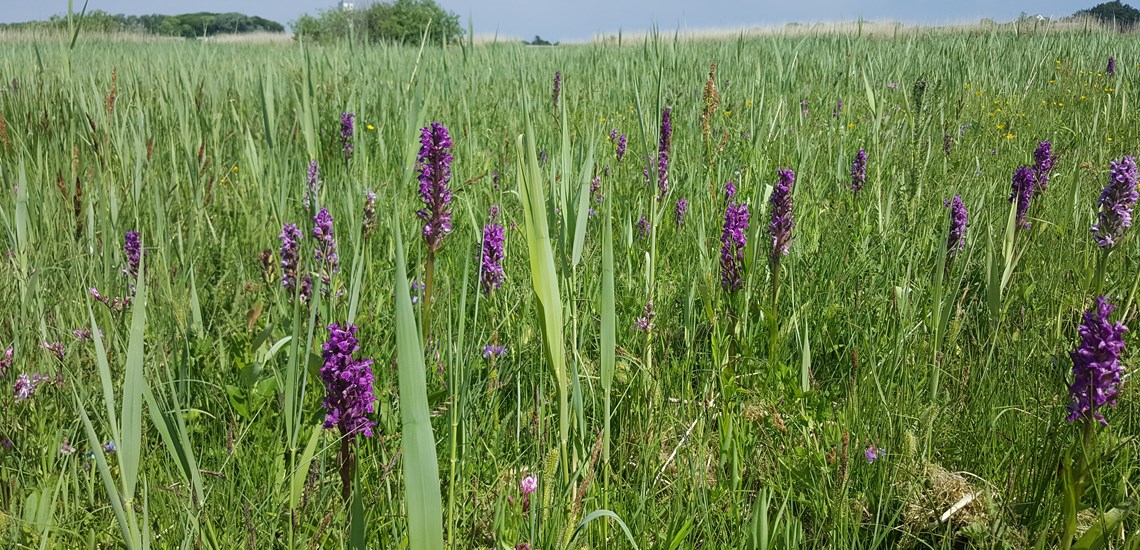Scientific registration of the rare nature in Thy
Orchids, common butterwort and other rare plants are systematically registered here in August and September at selected sites in Thisted Municipality. The plan is to re-examine the same sites in three years or five years - and on this basis, it will be possible to find out whether a better quality of nature has come or whether the natural area has expanded.
In the study areas, the aim is that the rare plants can have optimal conditions and the nature area can hopefully develop in a positive direction. For example, it may be that more species have come or that species are spreading to a larger area.
- The landowners have different wishes for the future of the natural areas. The surveys should help us with more knowledge and clarify if there is and where there is a need for nature care. We look forward to discussing the possibilities with the pilot owners. In some areas, the landlords are informed that there are investigations in progress, in other places we first need to have the contact and will therefore call or write to tell them about it. We hope many people have good ideas and will help to support a care effort in order to improve nature, says botanist Marie Paarup Thomsen from Thisted Municipality.
She explains how the investigations are done:
- Specifically, the natural areas are investigated with a so-called "pinpoint method", where a frame of 0.5 m x 0.5 m with four cords strung up, so that 16 intersections are created, are added to the study area. In the intersections we carry a stick down and all the plants touching the stick we note. The point is listed with gps so we can find it again. It is a standard method that is also used in the Environmental Protection Agency's monitoring of the Natura 2000 sites, and this means that data is comparable.
The botanical registrations are part of the municipality's large RigKilde Life project and the investigations are conducted in rich and spring forest in large parts of the municipality's Natura 2000 areas from Vejlerne in the north to the Ove Lake and Hvidbjerg Å system as well as in the areas around Boddum and Dover Kil.
In the study areas, the aim is that the rare plants can have optimal conditions and the nature area can hopefully develop in a positive direction. For example, it may be that more species have come or that species are spreading to a larger area.
- The landowners have different wishes for the future of the natural areas. The surveys should help us with more knowledge and clarify if there is and where there is a need for nature care. We look forward to discussing the possibilities with the pilot owners. In some areas, the landlords are informed that there are investigations in progress, in other places we first need to have the contact and will therefore call or write to tell them about it. We hope many people have good ideas and will help to support a care effort in order to improve nature, says botanist Marie Paarup Thomsen from Thisted Municipality.
She explains how the investigations are done:
- Specifically, the natural areas are investigated with a so-called "pinpoint method", where a frame of 0.5 m x 0.5 m with four cords strung up, so that 16 intersections are created, are added to the study area. In the intersections we carry a stick down and all the plants touching the stick we note. The point is listed with gps so we can find it again. It is a standard method that is also used in the Environmental Protection Agency's monitoring of the Natura 2000 sites, and this means that data is comparable.
The botanical registrations are part of the municipality's large RigKilde Life project and the investigations are conducted in rich and spring forest in large parts of the municipality's Natura 2000 areas from Vejlerne in the north to the Ove Lake and Hvidbjerg Å system as well as in the areas around Boddum and Dover Kil.
